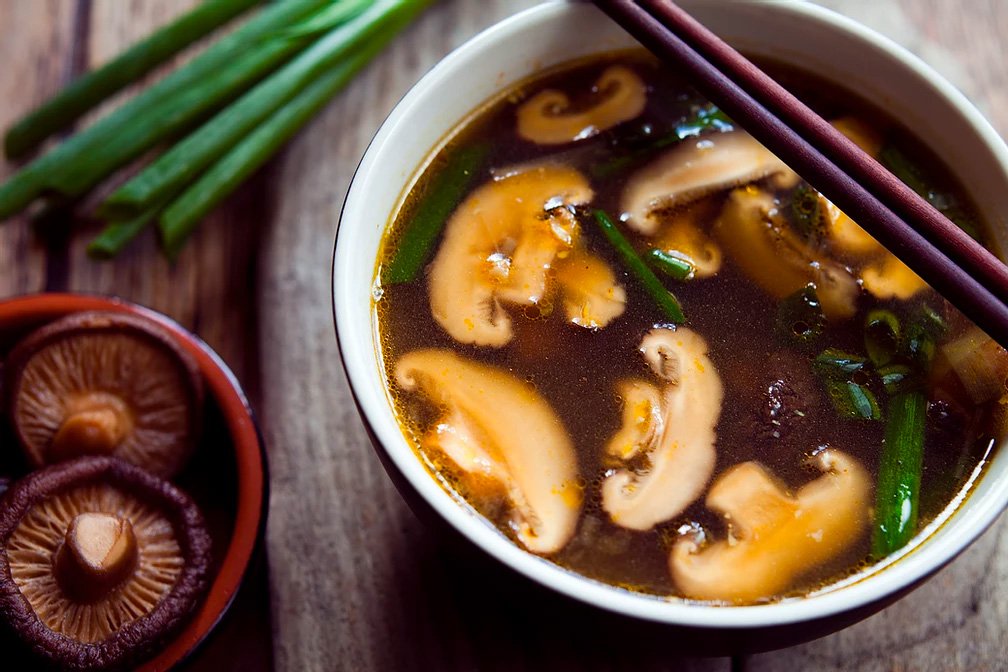The Volumetrics Diet

The volumetrics diet is all the rage these days, but what is it, and more importantly, does it work? Here’s a quick snapshot:
As the name implies, volume is the key component of this diet. More specifically, food volume. What does this mean? In this diet, foods are divided into four categories, with the first category consisting of foods that have a lot of volume but a small amount of calories (think fruits, vegetables and broth-based soups), and those in the fourth (and last) category are much smaller in volume but more calorically-dense (e.g. cookies, pie, etc.). Foods in the second and third categories are more moderate for caloric-density and volume. Obviously, foods in the first category are encouraged in this diet plan, and those in the last category should be limited.
Why the focus on volume? Because the more volume to a food, the more your stomach expands, which sends signals to your brain that it’s full. So, if you fill up your stomach on a light soup and fresh fruits, for example, you will physically feel full but will have consumed only a small amount of calories. Over time, this helps curb hunger while losing weight.
While this concept likely works best for those whose bodies will do best on low-fat diets, it can technically work for most other diet plans, since essentially, all diet plans recommend fresh fruits and vegetables, both being primary components of the Volumetrics Diet. Overall, this is a sound diet plan, but for those who benefit most from high-fat diets, the Volumetrics Diet may be a bit challenging. However, high-fat diets have their own advantages that also play on the signals that the stomach sends to the brain indicating that it’s full. You see, the gut has several avenues to indicate to the brain that food intake is going on, and both stomach expansion (volume) and fat intake trigger these cues. So, a Volumetrics Diet may be a good tool for those trying to eat low-fat while other diet plans may work better for those who respond best to a high-fat diet. Regardless, the critical component in both scenarios is: LISTEN TO YOUR BODY, and stop eating when you feel full.




